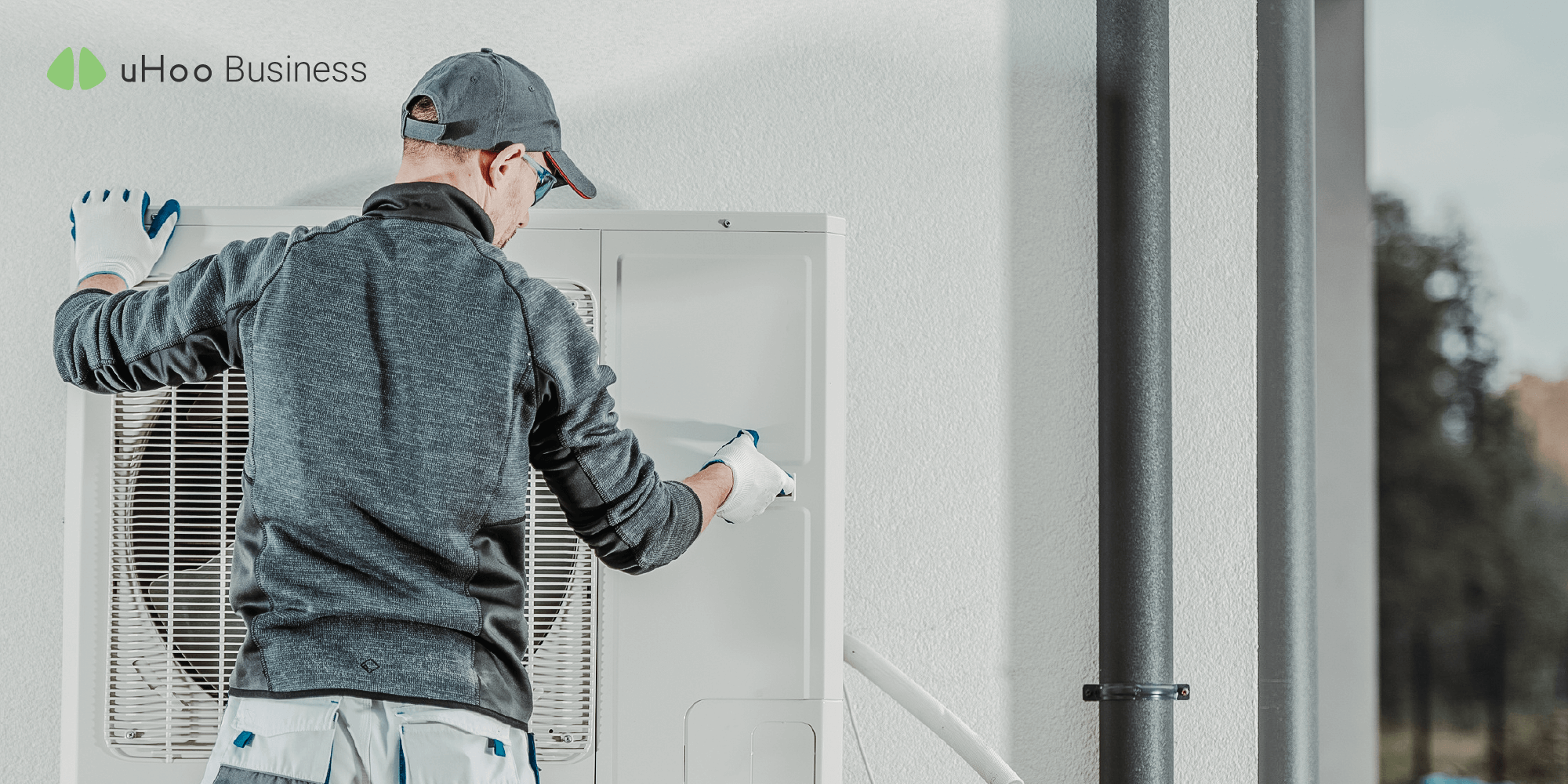
The United Kingdom’s Building Engineering Services Association (BESA) has released a new version of the Building Regulations’ Document F and now requires the monitoring of carbon dioxide levels to help the country achieve its net-zero objectives by the year 2050.
The updated document declares that the following types of occupiable rooms in all new buildings should have a means of monitoring indoor air quality, which may be achieved using CO2 monitors or other ways to measure indoor air quality:
- Occupiable rooms in offices.
- Occupiable rooms where singing, loud speech or aerobic exercise or other aerosol generating activities are likely to take place. These may include rooms, for example, in gymnasiums, other indoor sports venues, dance studios, theaters, concert halls, public houses, nightclubs, places of assembly, as well as in other types of building.
- Occupiable rooms where members of the public are likely to gather. These may include rooms, for example, in public buildings, hotels, gymnasiums, indoor sports venues, dance studios, theaters, concert halls, public houses, nightclubs, places of assembly, as well as in other types of building
- Occupiable rooms which are maintained at both low temperatures and low levels of humidity. These may include rooms used for chilled food processing and occupied cold stores.
However, the above requirement does not apply to all new buildings with small spaces up to 50m2 floor area, and large spaces over 320m2 floor area. BESA also provided guidelines for using CO2 monitors:
- Be non-dispersive infrared (NDIR) type CO2 monitors.
- Be mains powered.
- Be placed at breathing height and away from windows, doors or ventilation openings where practicable.
- Be placed at least 500mm from people where practicable.
The new version of the Building Regulations, which is effective to all new buildings established from June 2022 compels homes to reduce its carbon footprint by 30% and 27% in commercial buildings to make these built environments net-zero ready when the year 2025 arrives.
“This is a good start on the road to tackling poor indoor air quality.” Graeme Fox, BESA’s Head of Technical stated. “Monitoring CO2 levels is a simple, low-cost way to measure ventilation effectiveness, but eventually we will need more comprehensive monitoring of airborne contaminants, including PM2.5 and NO2, to help building managers properly get to grips with the air quality challenge.”
Aside from the above, Document F included relevant changes regarding ventilation where ventilation systems that recirculate air between more than one room should also be able to operate in a manner that reduces the risks or virus infection and minimizes external air pollutants. The UK government is also considering requirements for trickle ventilators to replace conventional windows to ensure that there is adequate air flow in buildings at all times.
Poor indoor air quality is associated with a wide range of short term and long term health issues that contribute to a significant loss of healthy life years. Indoor air pollution can lead to premature birth, respiratory illnesses, and even cancer. Additionally, poor air increases the risk of viruses dwelling in built environments, including the coronavirus. The virus is spread through airborne particles that are exhaled by an infected person as they breathe, cough, sneeze, or speak. Most virus transmissions occur indoors particularly when no fresh air and less air flow are available as virus particles can remain suspended in the air for hours and can accumulate over time. Complying with the regulations and letting fresher air into indoor spaces can reduce the risk of virus infection by over 70%.
CO2 measurements should be used as a guide to ventilation within a space. A consistent indoor carbon dioxide level that is less than 800ppm indicates that a space is well ventilated while an average carbon dioxide concentration of 1500ppm indicates poor ventilation. However, building owners must take note that locations where there are increased levels of physical activities such as dancing, singing, playing must keep CO2 levels below 800ppm. By continuously monitoring CO2, strategies can be devised to ensure proper air flow.
The Building Regulations are primarily focused on ensuring the health and safety of the people that are inside and around buildings. These also put emphasis on the energy efficiency when using resources inside built environments. Anyone planning to perform building work shall obtain building control permits to ensure that building regulations are being followed.
The Approved Documents including the Document F outlines the ways to comply with the Building Regulations. These documents are constantly updated to align with the new legislation. Therefore, it is necessary to remain updated with the latest revisions and updates.
The Approved Document can be downloaded here.
Reference:
